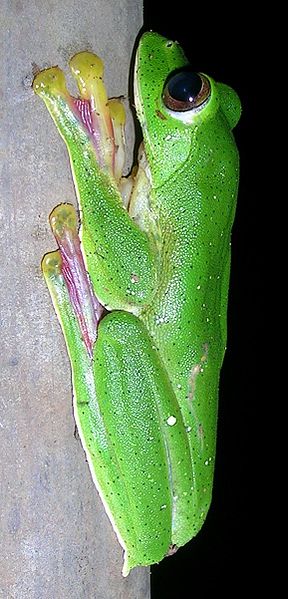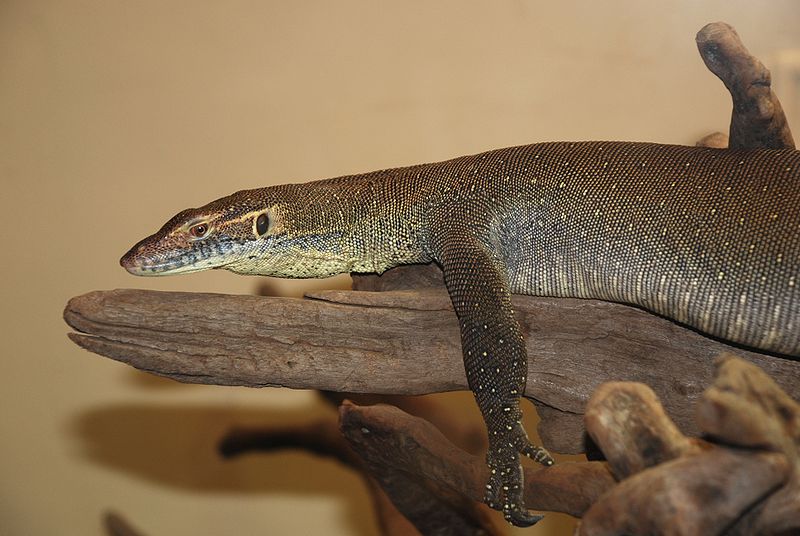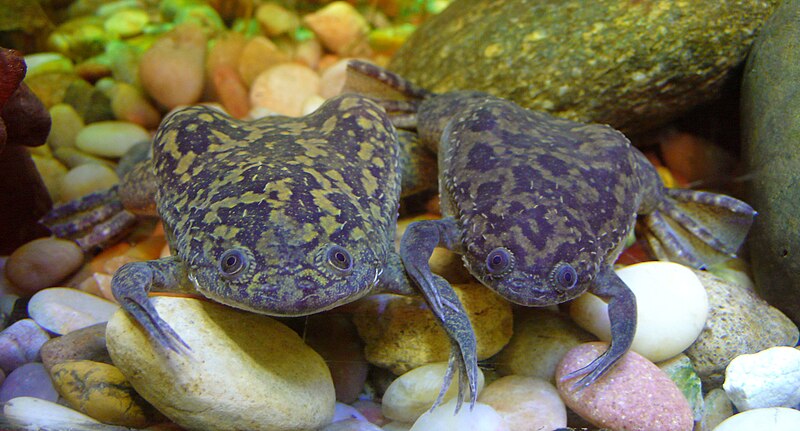 The year 2011 has barely begun, but it is already supplying amphibian enthusiasts with exciting news items. One of the most surprising is the discovery that the tadpoles of the newly-described Vampire Flying Frog, Rhacophorus vampyrus, sport hard, sharp fangs…a previously unknown amphibian adaptation.
The year 2011 has barely begun, but it is already supplying amphibian enthusiasts with exciting news items. One of the most surprising is the discovery that the tadpoles of the newly-described Vampire Flying Frog, Rhacophorus vampyrus, sport hard, sharp fangs…a previously unknown amphibian adaptation.
A Surprise in the Treetops
Biologists from Australia, Vietnam and the USA (North Carolina Museum of Natural Sciences) uncovered the new frog and its odd tadpoles while surveying montane forest canopies on the Langbian Plateau in southern Vietnam. Their findings, published in the journal Zootaxa (please see article below), have left herpetologists wondering just why tadpoles might need such odd mouthparts…certainly not to puncture veins, as their common name suggests! Read More »
 That Reptile Blog – Reptile, Amphibian and Exotic Pet Care and Information
That Reptile Blog – Reptile, Amphibian and Exotic Pet Care and Information




